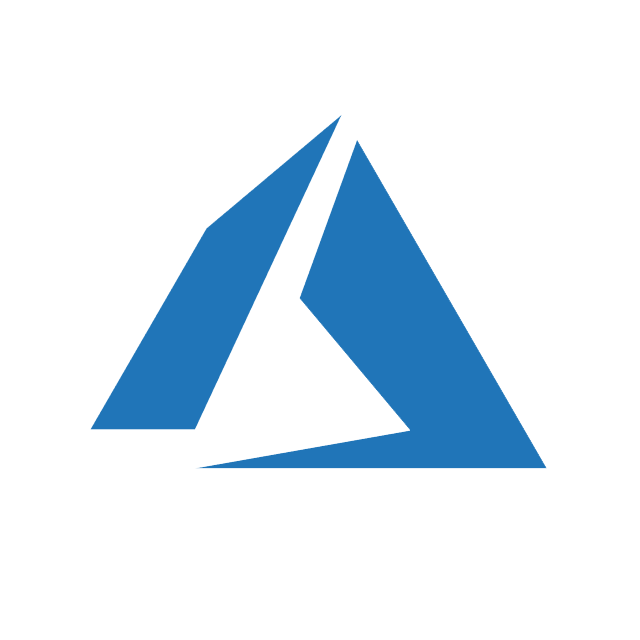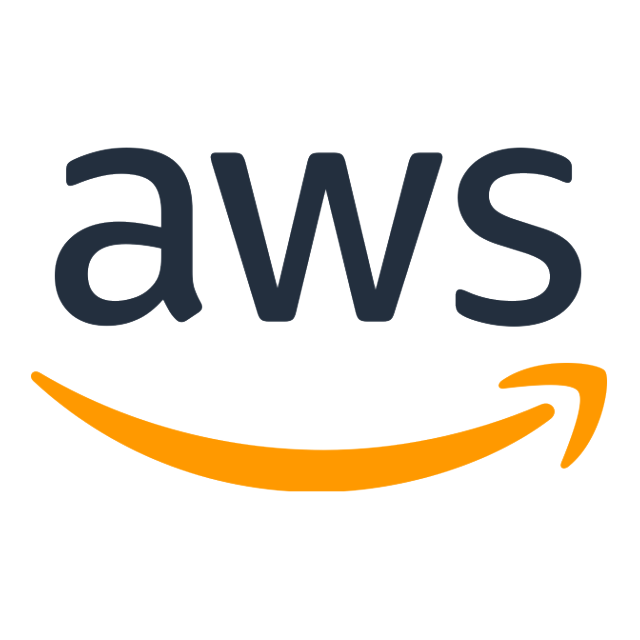Cloud Migration
Cost-effective, convenient way to move your data into the cloud.
Getting your data into the cloud just got easier.
As enterprises launch initiatives to adopt cloud computing, they are looking for cost-effective and convenient ways to move their enterprise data into the cloud, aka “hydrating the cloud.” We offer cloud migration solutions for both static data and production data.
Not sure Cloud Migration is for you? Watch the video.
All the power. None of the headaches.
With Zadara you get all the power of enterprise storage, with none of the headaches. You get high-performance storage that’s fully managed by our expert team 24/7/365. Scale up, scale down. You only pay for the storage you use. So go ahead, embrace the future. With Zadara you no longer have to make sacrifices to use the cloud.
NFS and CIFS. Hidden shares.
Active Directory integration.
Enterprise-class NAS means NFS and CIFS, and Zadara has it. Support for hidden shares gives you greater control over network access. And Active Drectory integration means you can manage Zadara just like any other volume in your network.
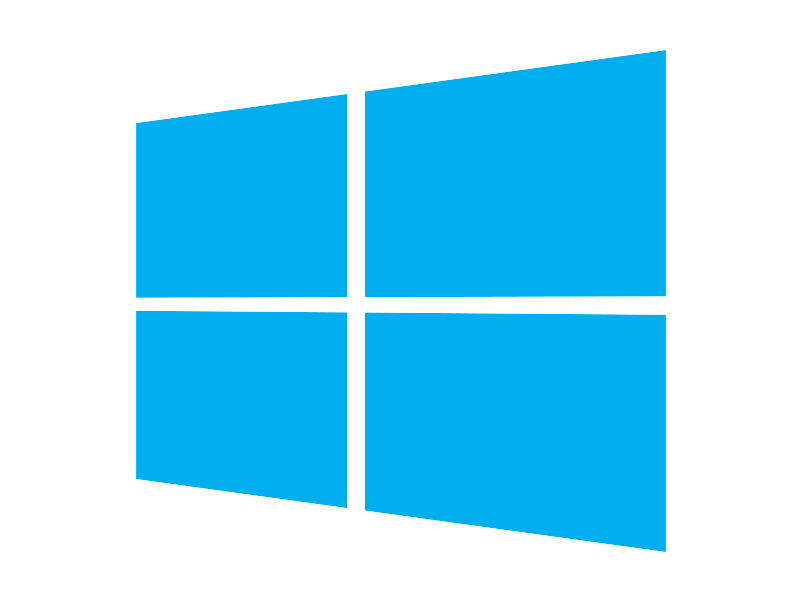
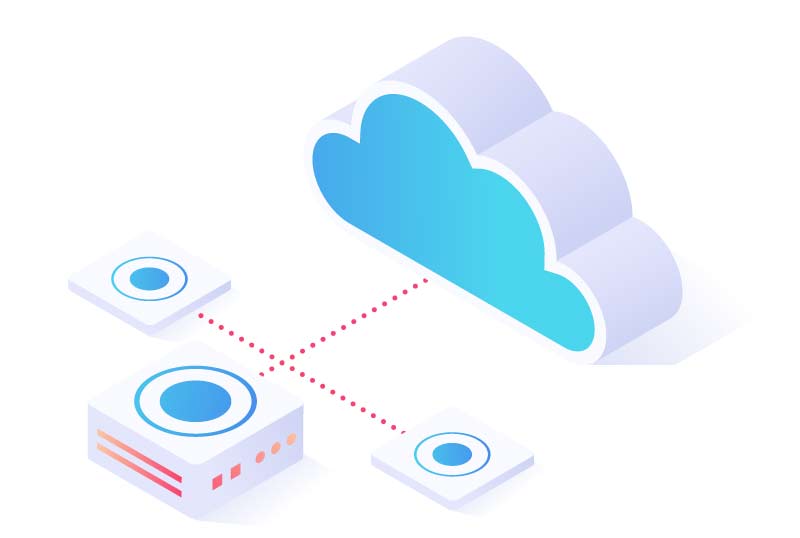
Enterprise-class NAS features.
Convenient, cloud-based package.
Zadara offers enterprise-class features, including snapshots, replication, multi-zone high availability, online volume migration, thin provisioning, and more. And you get all this power in a convenient cloud-based package.
Adjust, optimize, control.
Web management interface.
Adjust your storage structure as needed, using a GUI and REST API. Adjust processor performance, the quantity and types of dedicated drives (SSD, SAS, and/or SATA), and the level of data protection (RAID 1 and 10) at any time. Graphical performance logging allows you to oversee and optimize application performance.
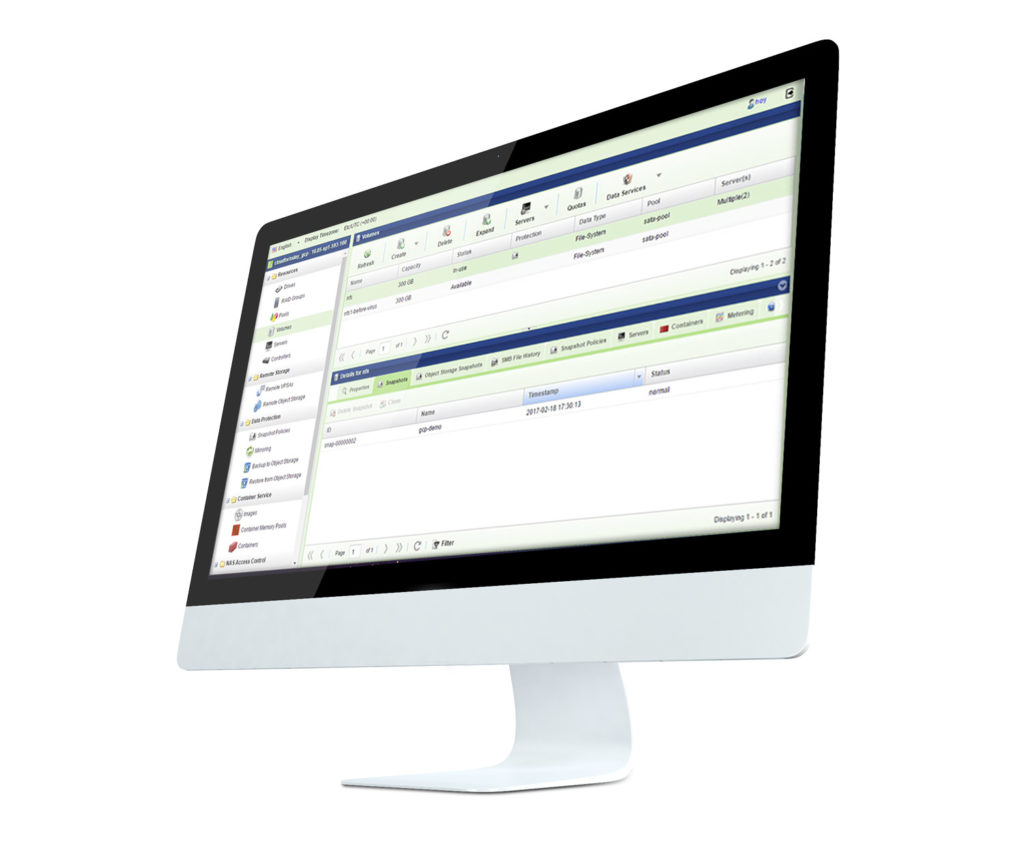

Dedicated resources.
Secure encryption.
Zadara is built with security in mind. Your data is stored on dedicated hardware, and protected with in-flight and at-rest encryption. Also, because you manage your keys, only you control access to your data.
Expert Management
24/7/365
Live, proactive management and support 24/7/365. Notifications, alerts based on operating thresholds. Periodic, non-disruptive hardware and software upgrades.

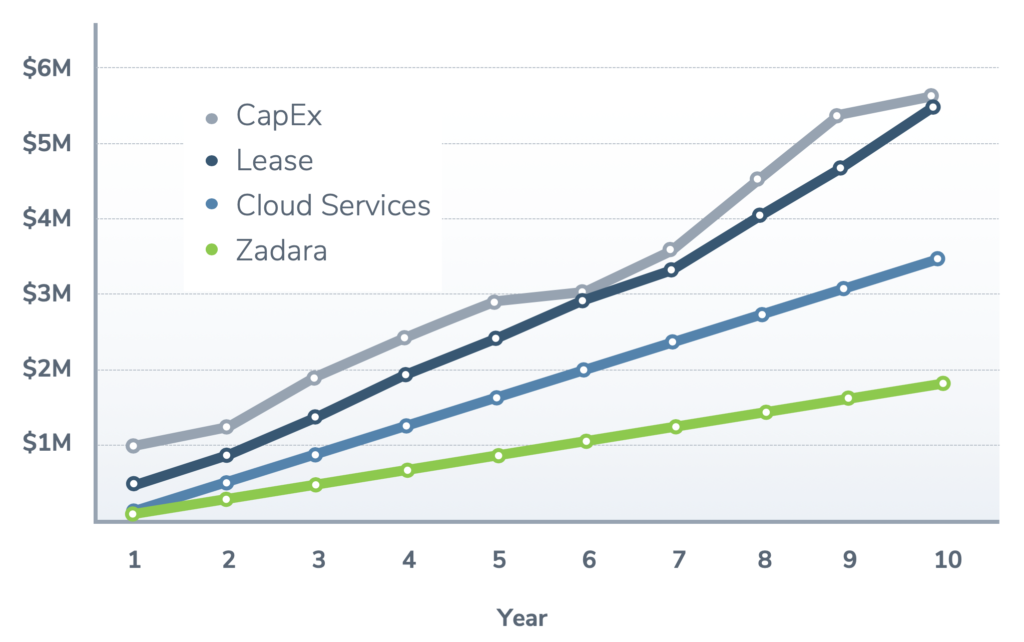
Get more for less.
Pay-as-you-go pricing.
Zadara delivers all the power of enterprise storage without the complexity. Free resources for strategic initiatives with fully-managed, pay-only-for-what-you-use model that reduces your costs and management burden. Get more for less. No big up-front costs. No commitments required. No more storage upgrade, replace, or migration. Use Zadara for an hour, a month, a year, or forever, and get the same low-cost, high-touch service.
Use Zadara to easily move production data to any cloud.
Moving live, production data to the cloud can be complicated. Luckily, Zadara has you covered. Using Zadara, you can move production data to any cloud in just a few steps. Here is a summary:
A second mirror of the data is created to an additional Zadara appliance.
Once the synchronization process is complete, the local Zadara appliance is disconected. The on-premises servers then ‘fail over’ to the cloud and the migration process is complete.
Learn more about our Cloud Migration solutions.
Learn more about Zadara and our Cloud Migration solutions. Check out our brochures, webinars, white papers, and other resources.





